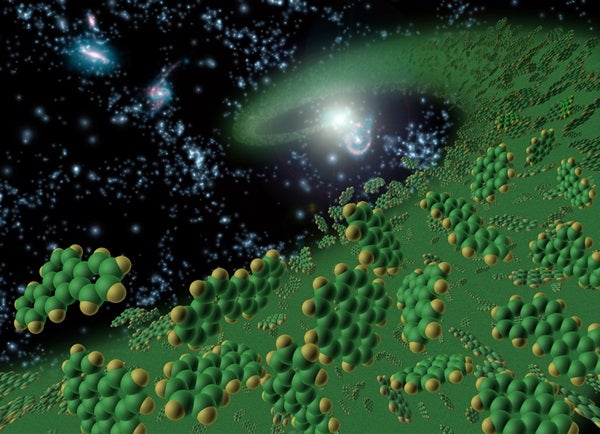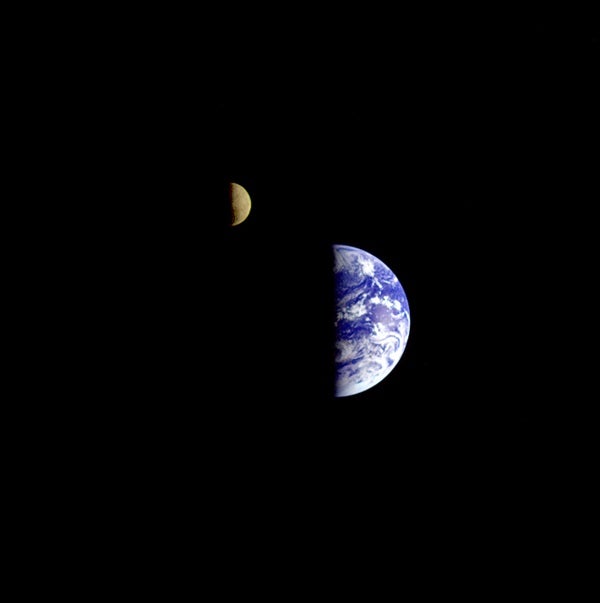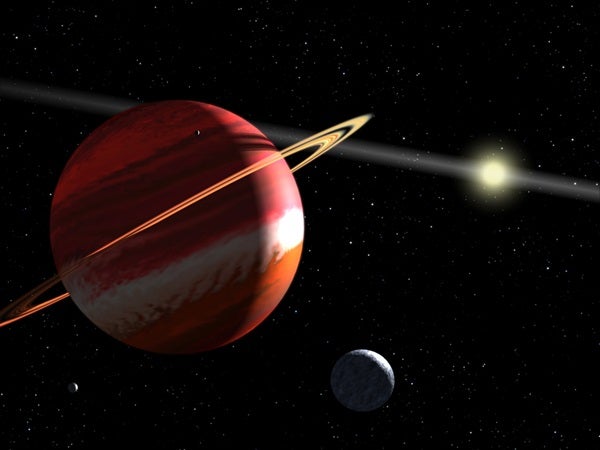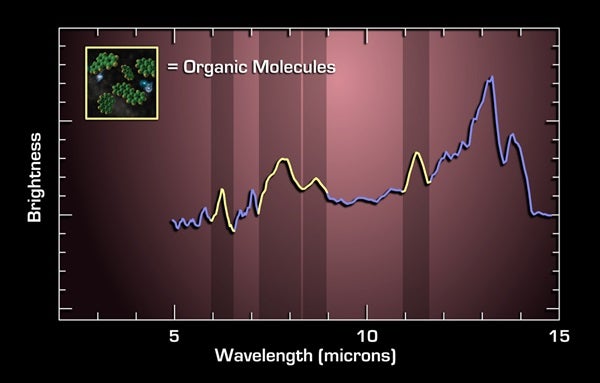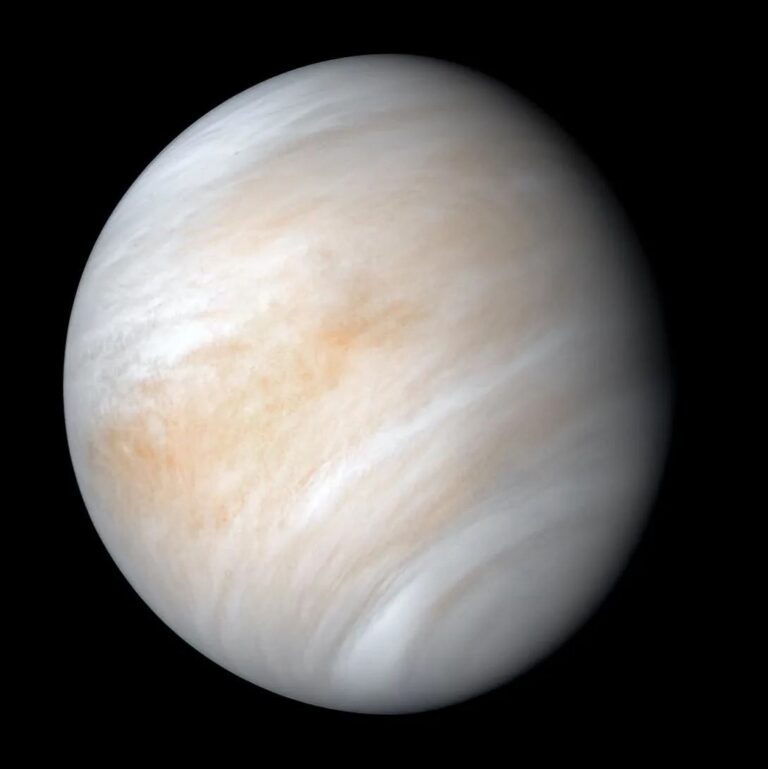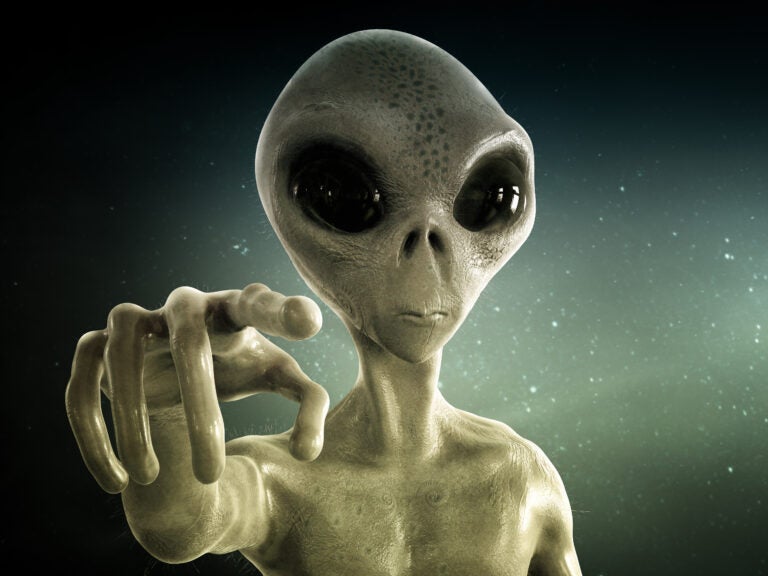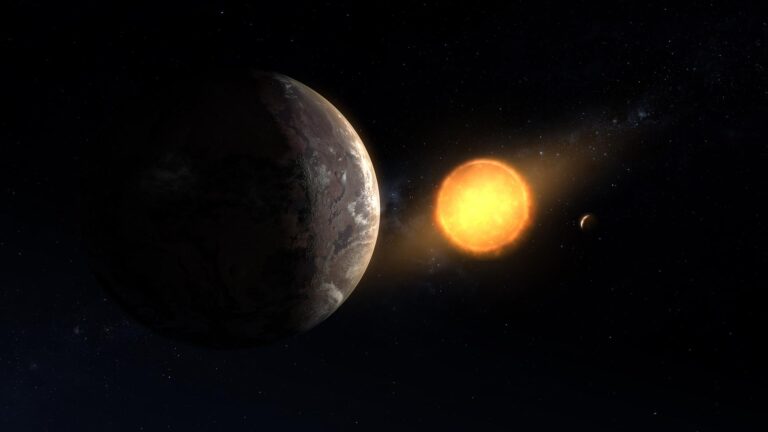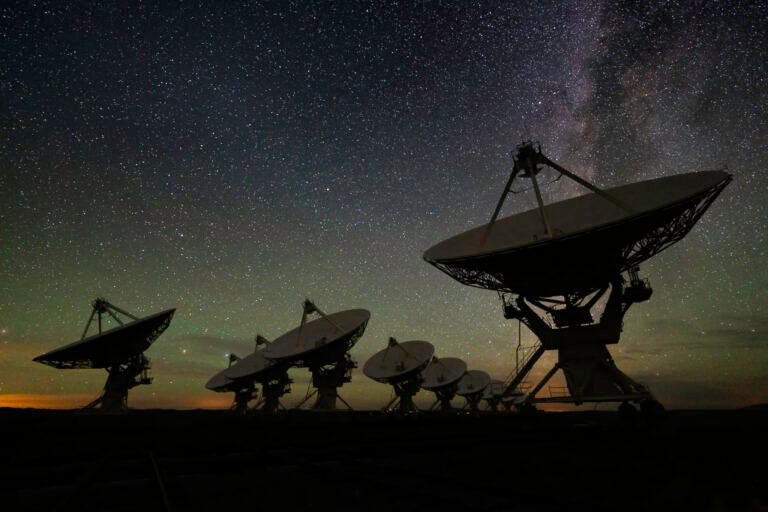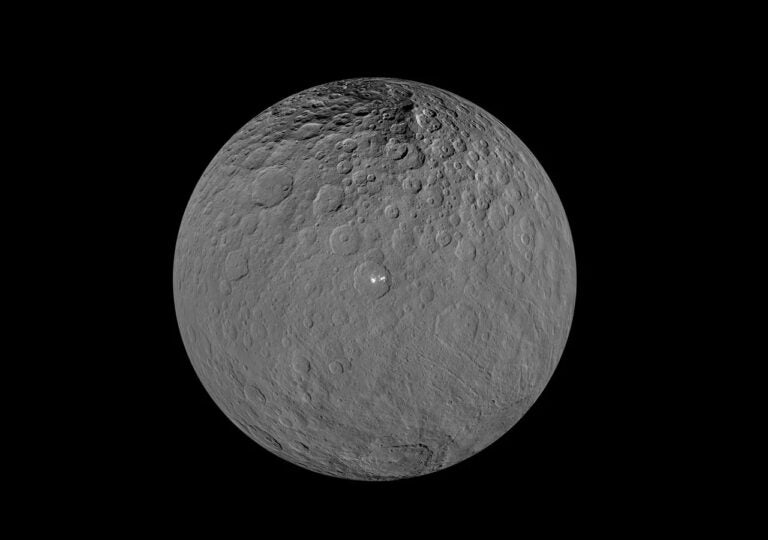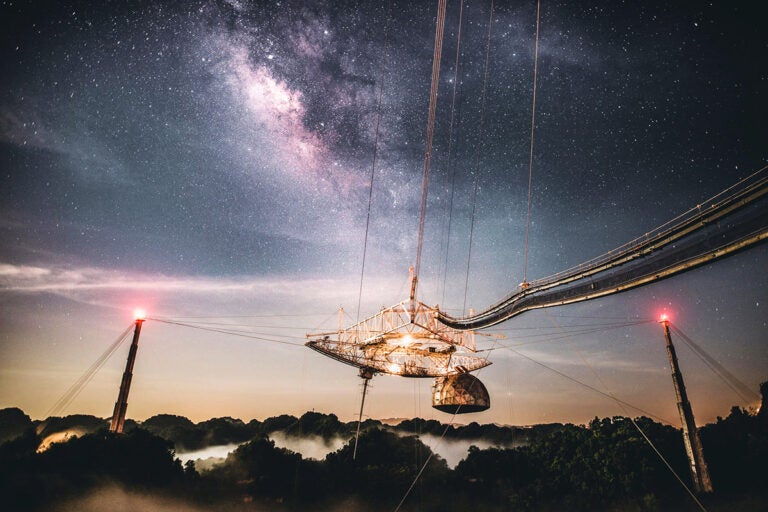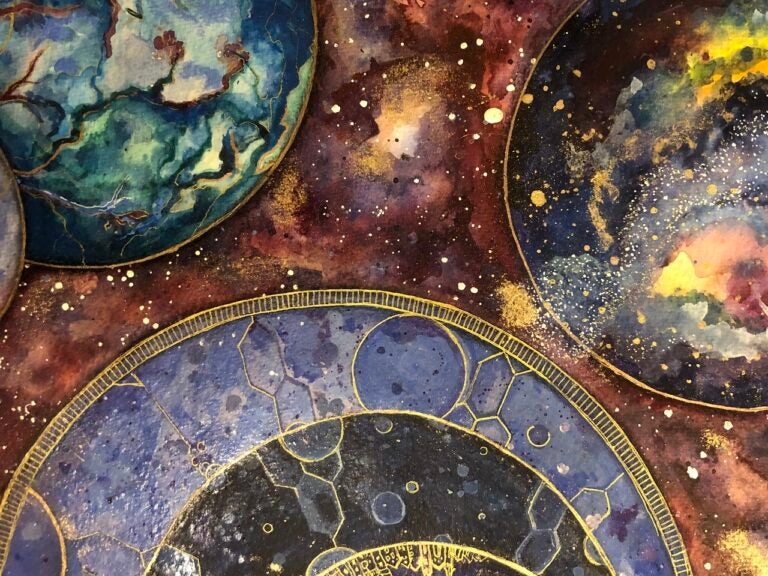Astronomers as yet lack the technology to directly detect life on planets light-years away. But by looking for chemical signatures of life in the spectra of exoplanets, they can make educated guesses about the habitability of other worlds.
The whole issue about life on other worlds begs the question: What is life, and how would we recognize it? Certainly, living things are made of cells (or a cell) and share three critical processes that make them alive. They ingest energy, excrete waste energy, and pass on their genes through reproduction. But they also respond to their environments. They maintain homeostasis, or internal balance. They evolve and adapt. Some living things even have evolved to the point where they can walk and think about the universe that surrounds them. We are literally products of the universe. Most of the atoms and molecules in our bodies were created in the engines of stars, and the energy we receive that enables life comes from our star: the Sun.

Bringing the universe to your door. We’re excited to announce Astronomy magazine’s new Space and Beyond subscription box – a quarterly adventure, curated with an astronomy-themed collection in every box. Learn More >>.
But life on other planets may be very different. We can imagine a glimpse of what it might be like even by looking at bizarre and different environments here on Earth. For one thing, the vast majority of life on our planet comes in the form of primitive bacteria, fungi, molds, and other squishy, incredibly tiny organisms. (Viruses are not considered alive because they require a host to perform the functions of “life” — which, for them, amounts to cannibalizing cells.)
“We have one planet, one example, one history, and we have intelligence,” Carl Sagan was fond of saying. “Intelligent species should be spread liberally throughout the universe.” Certainly a large number of Americans believe in the existence of extraterrestrial life. Indeed, probably a good portion of which believe UFOs have carried intelligent beings to our solar system, and possibly to Earth’s surface. But the debate over the existence of extraterrestrial life is not a democratic one, not something to be subjected to a popular vote.
A spectrum made with the Spitzer Space Telescope in 2004 shows the signature of polycyclic aromatic hydrocarbons, the fingerprint of the building blocks of life. Seeing these compounds in a distant galaxy, 10 billion light-years away, suggests the possibility of abundant life in the cosmos.
Distinguished scientists such as Harvard anthropologist Irven DeVore have made detailed cases suggesting the evolution of intelligent life on Earth itself was unlikely, that it may have resulted from a whole series of unlikely coincidences of evolution. For example, DeVore asserts, “Evolution is history; it’s not a series of predictions. Natural selection, which is the engine driving evolution, is an uncaring, blind process. From the fossil record, we can judge that 99.9 percent of all species that ever lived have gone extinct. There have lived as many as 50 billion species. Of those, only one made civilizations.”
But Seth Shostak of the SETI Institute in Mountain View, California, sees a different picture. In the 1920s and 1930s we thought planetary systems were rare, he reminds us. Now, we see planetary systems around hundreds of nearby stars, and the count rises with each search.
Until the 1970s, scientists believed cooking up DNA on a planetary surface was probably very special. “But now we know that not only is physics universal, but probably biology, too,” says Shostak.
On Earth, the first single-celled organisms arose soon after the period of heavy bombardment by comets and asteroids slackened, some 3.8 billion years ago.
This suggests life might get started elsewhere easily, too.
“Of course, the so-called Fermi paradox argues against this spreading out,” Shostak reminds us, “by simply asking, ‘So where is everybody?’” But if you woke up in the middle of Nevada, you might wander about and conclude you’re the only person on the continent. Absence of evidence is not evidence of absence.

